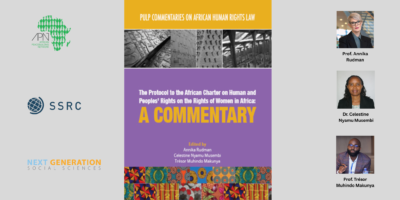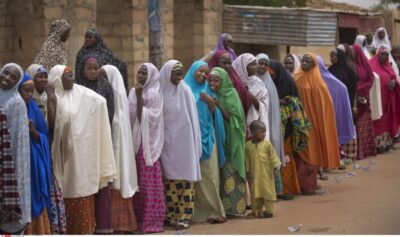Steve Waldman writes about the history of inaugural benedictions, and how it has reflected American society:
The country has gone through, in effect, three phases. In the first, presidents used a religious-diversity model. From 1937, when the first inaugural prayer was offered, until 1985, the presidents (with one exception in 1981) had clergy of different faiths or denominations up on the podium.
During these years, the Christian prayers were not watered down in any way. They often prayed in the name of Jesus Christ. But because there was a rabbi on the platform, no one could be accused of giving a government imprimatur to one particular religion.
…Then in 1989 and 1993 we tried what might be called the “America’s pastor” model. One man, the Rev. Billy Graham, offered both the invocation and benediction. He pulled it off by using broadly inclusive language. In 1989 he referred just to “God” and in 1993 he declared: “I pray this in the name of the one that’s called Wonderful Counselor, Mighty God, the Everlasting Father and the Prince of Peace.” Note, too, that he used the word “I” rather than “we,” which would have assumed all in the audience were Christian.
…Ironically, the shift to this model may have been driven in part by America’s increasing diversity. As more and more faiths—including non-Christian religions—grew, it may have seemed impractical to have a representative cast of clergy. The podium could buckle under the weight of the holy men and women if all substantial faiths were given voice. A single, acceptable preacher could serve all purposes, and, luckily, Mr. Graham had attained such broad acceptance that he could play that unusual role.
Read the full article here.











